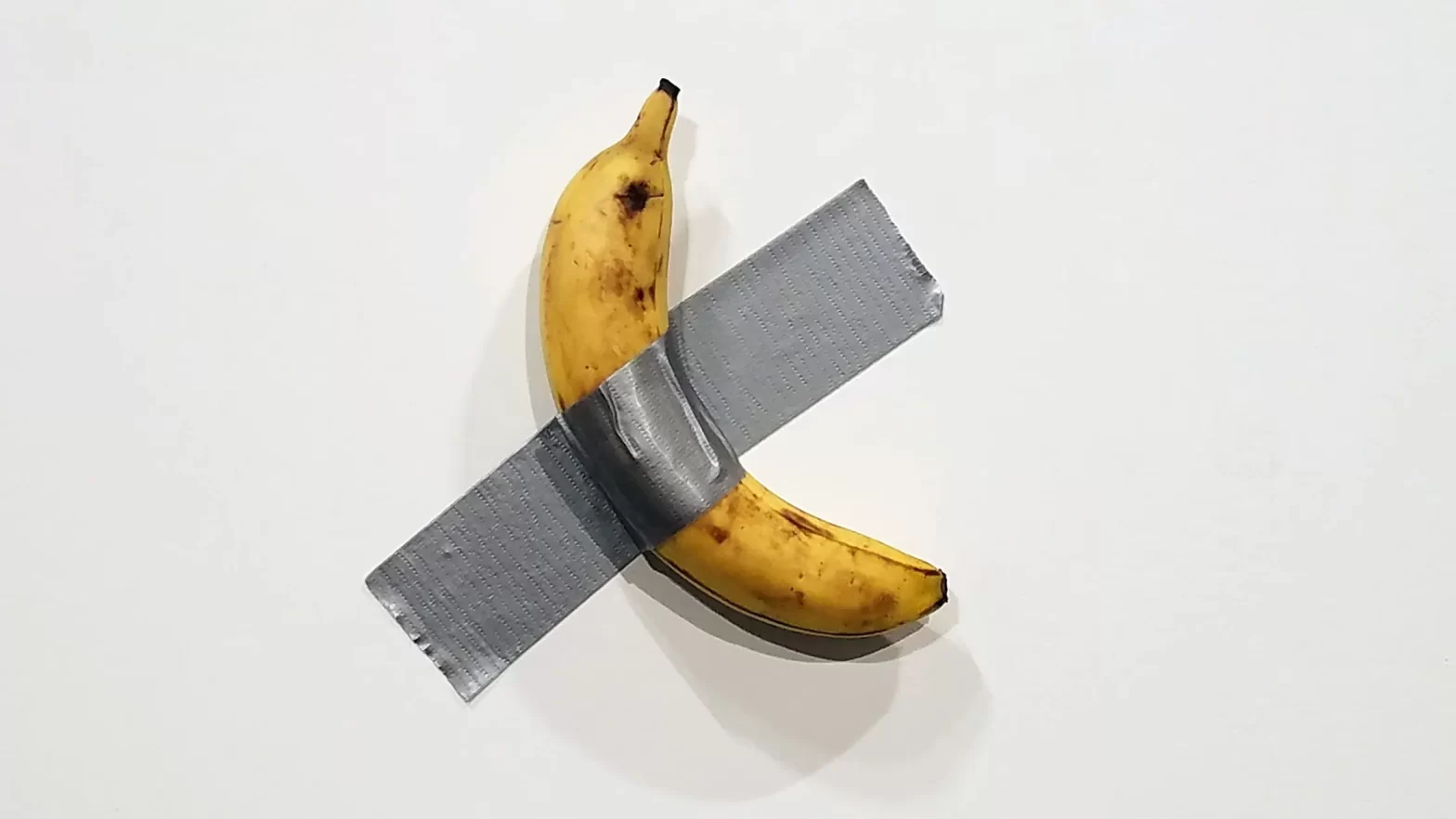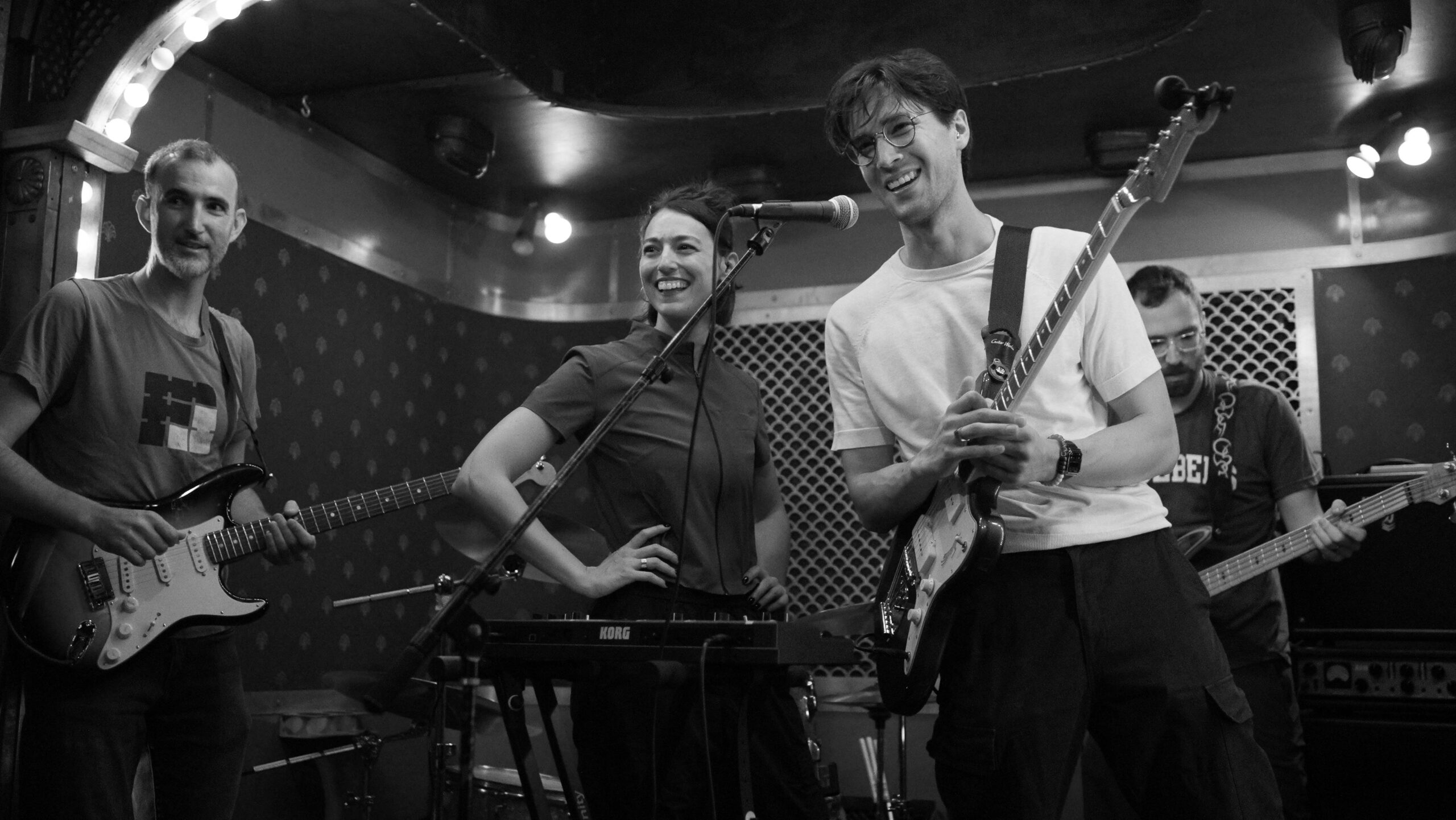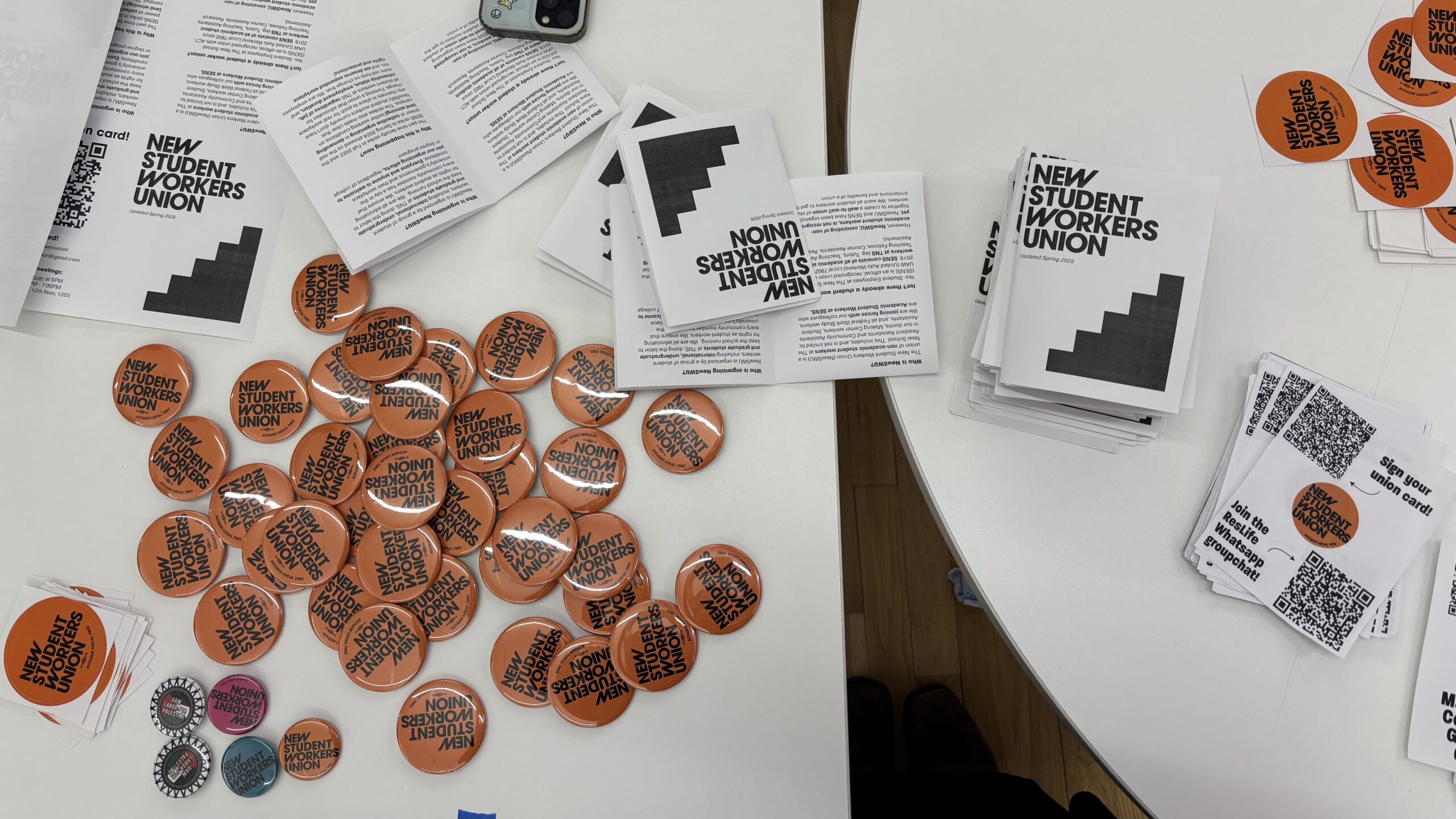In 2019, when Maurizio Cattelan duct-taped a banana to a wall in Galerie Perrotin’s booth at Art Basel Miami Beach and called it Comedian, he wasn’t just selling fruit — he was selling a question. Or maybe he was selling a punchline. Either way, that question-punchline-banana was sold for a jaw-dropping $6.2 million at Sotheby’s on Nov. 20, taking its title as the most expensive banana in history. The irony? It was purchased for thirty-five cents earlier that day from a fruit stand on the Upper East Side.
This is a story made for memes and late night talk show monologues. A banana, bound for decay, with a value that’s surreal even by the standards of the art world. Critics sneered, crowds laughed, and the buyer — Chinese crypto entrepreneur Justin Sun — promised to eat it as a form of performance art. What’s happening here? Is this how the rich critiques capitalism? Is this an ‘if you go low, I go lower’ sort of situation? Or maybe we lack the refined palate required to appreciate highbrow potassium?
The beauty or frustration (depending on where you stand) of modern art is that it doesn’t bother giving you answers. Cattelan, a mastermind behind this absurdity, has always been a provocateur. He’s the same guy who installed a solid gold toilet at the Guggenheim and once duct-taped his art dealer to a gallery wall; A Perfect Day — he seems to have a thing for adhesive installation. With Comedian, he’s poking fun at the art market, asking us to think about how we assign value. Why can a banana on a wall cost millions while a Bangladeshi fruit vendor struggles to make a living?
Here’s the catch: most people don’t think about these questions. Instead, they see the duct-taped banana and roll their eyes. They don’t hate it, necessarily, it’s just incomprehensible — so why bother? This is where Spanish philosopher and essayist José Ortega y Gasset’s timeless critique of modern art comes in. Ortega argued that modern art isn’t unpopular because people dislike it, rather, it’s unpopular because people feel excluded from it. Comedian embodies this alienation. The banana, as absurd and fleeting as it is, forces us to question everything we think we know about art. But for many, that challenge feels more like a joke at their expense. Cattelan himself admitted that the work is a satire of market speculation. While it’s clever, it doesn’t exactly invite everyone to the table.
There was a time when art only spoke to universal emotions: love, grief, beauty. Think of Van Gogh’s Sunflowers or Michelangelo’s David. Art was explicit, and everyone who was able to view it felt something. Modern art has shifted gears, becoming a space for intellectual games and niche commentary. It’s not about making everyone feel; it’s about making a select few think.
For banana-buyer Justin Sun, the appeal was clear. He saw Comedian as a bridge between the art world, internet culture, and cryptocurrency: three realms that thrive on spectacle as well as exclusivity. Art market expert Michael Moses called the purchase “an investment in joy,” one has to wonder: whose joy? For the rest of us, it’s a head-scratcher.
Yet, maybe that’s okay. Maybe art doesn’t need to be liked by the public to have value. But it’s a reminder — an infuriating one — that value isn’t inherent, it differs from person to person. Cattelan’s banana wasn’t meant to last, just like the jokes we’ll make about it. And if some people choose to spend millions on a banana, maybe the joke’s on Sun. Maybe the joke is on all of us. Or perhaps, it’s not a joke at all.








Leave a Reply